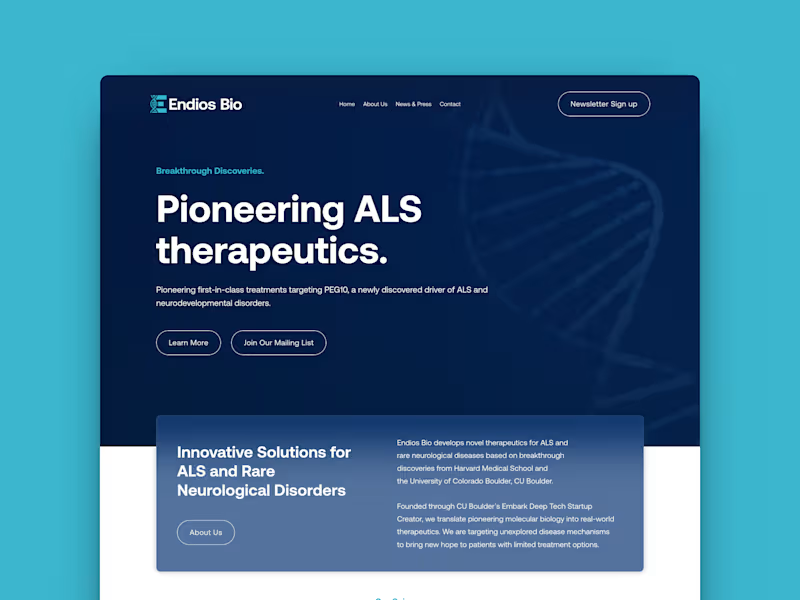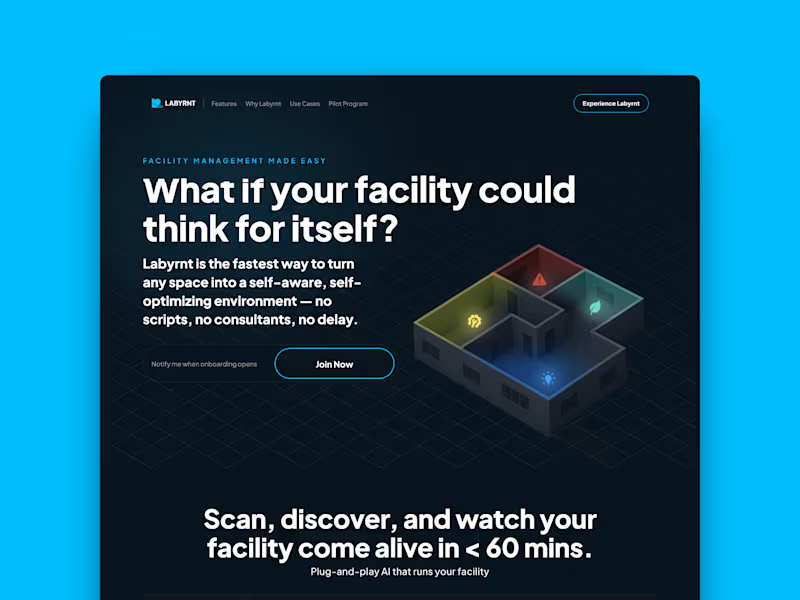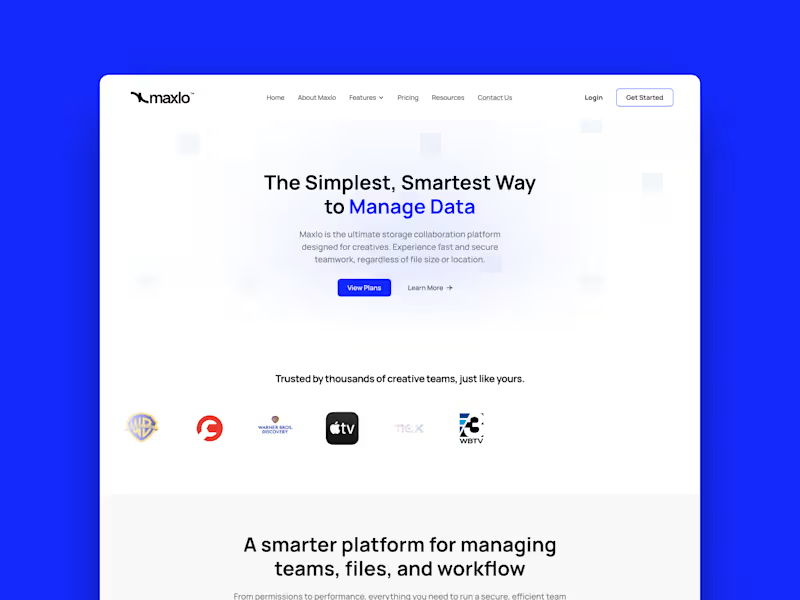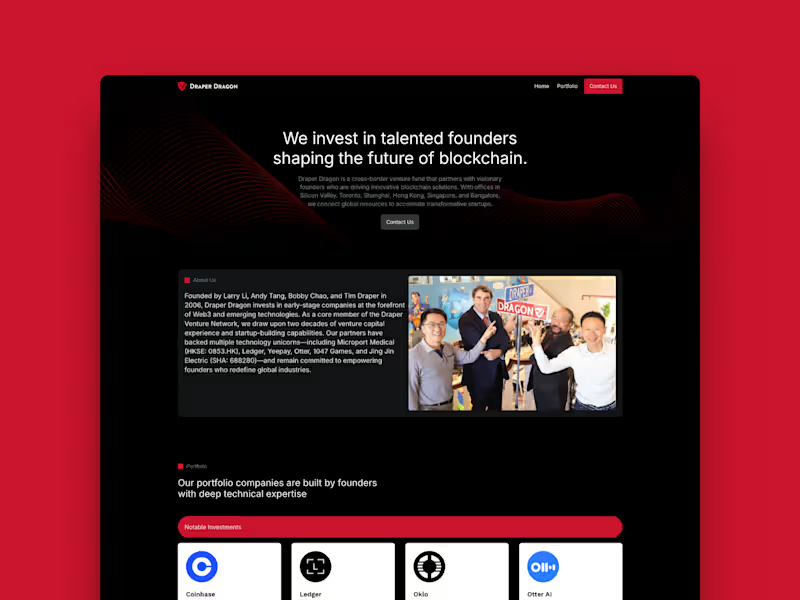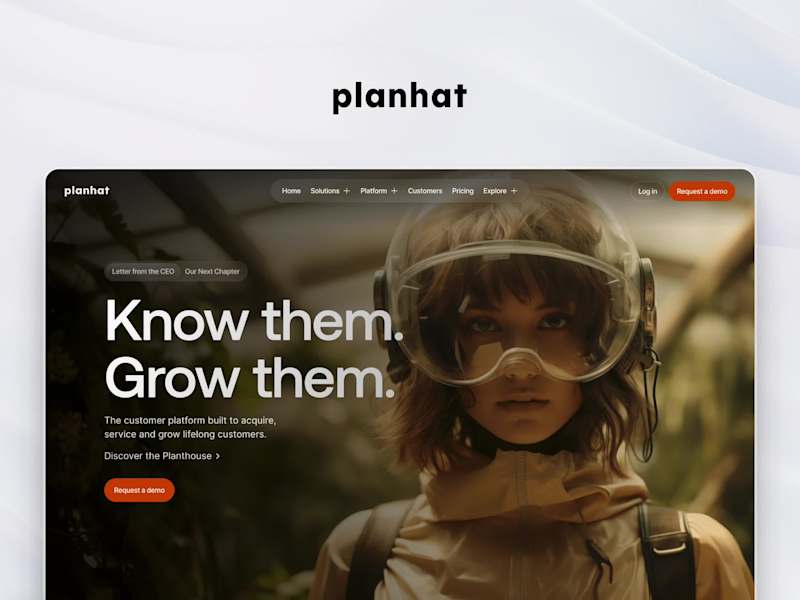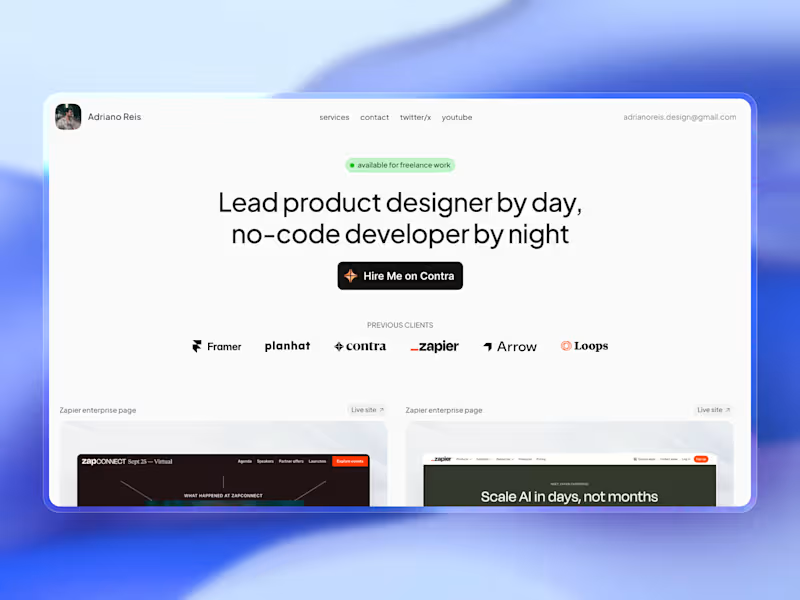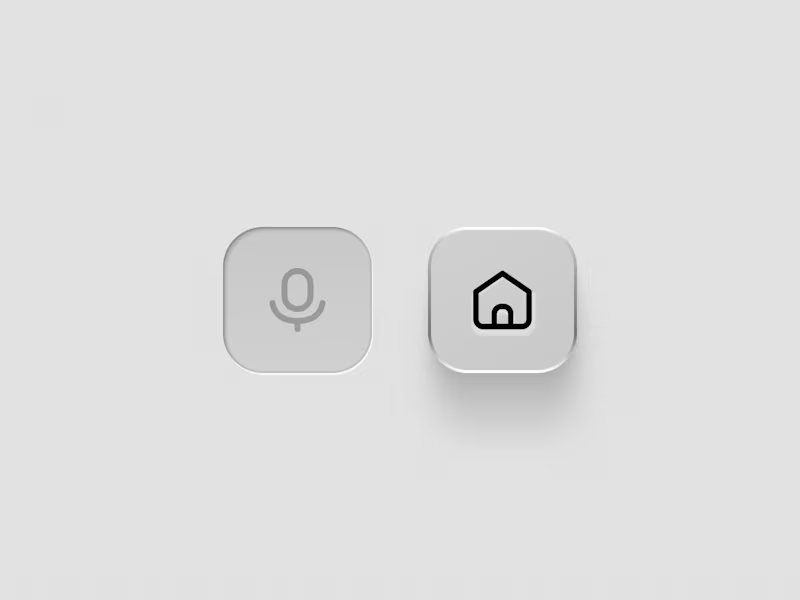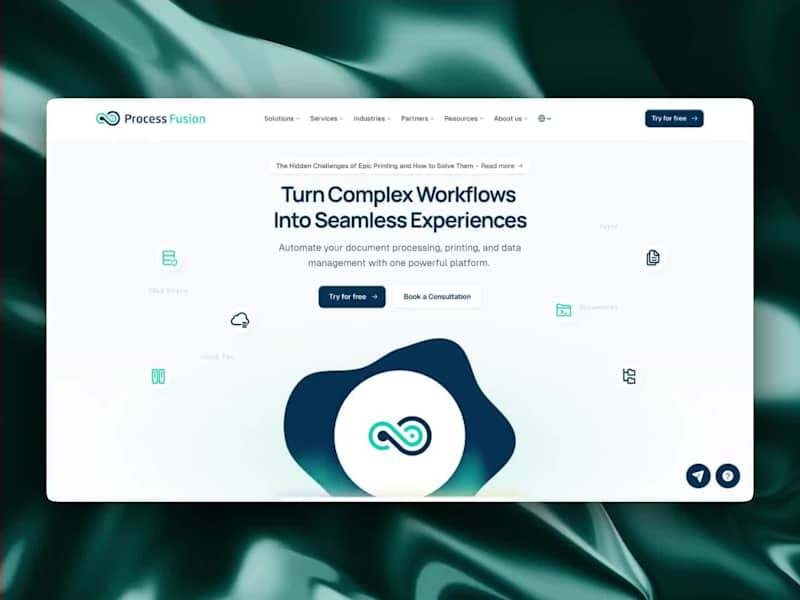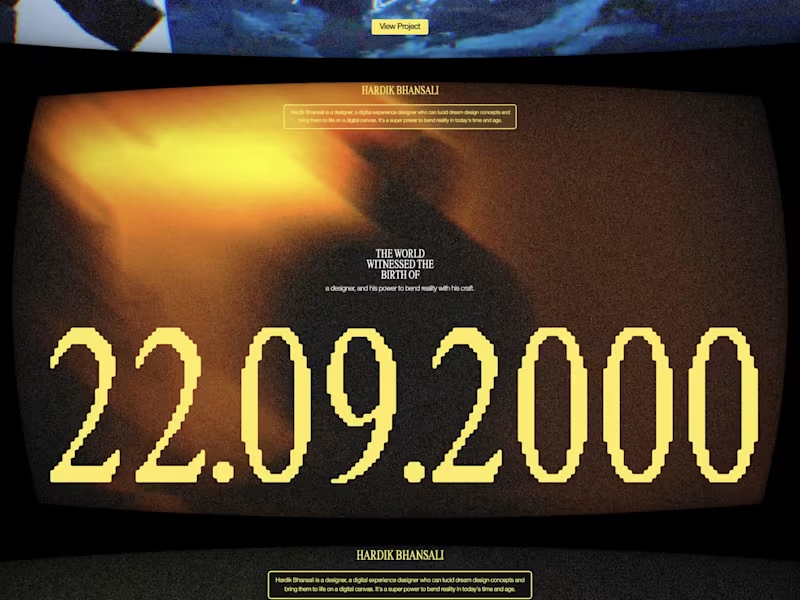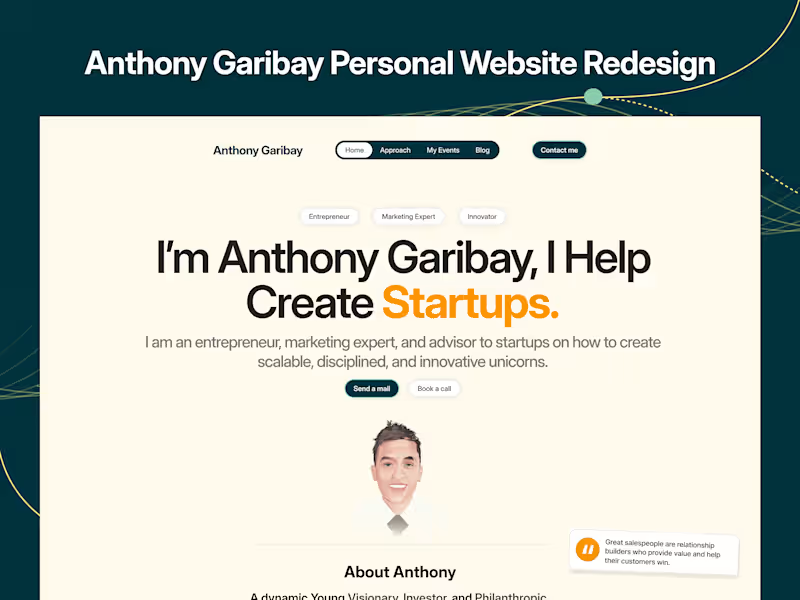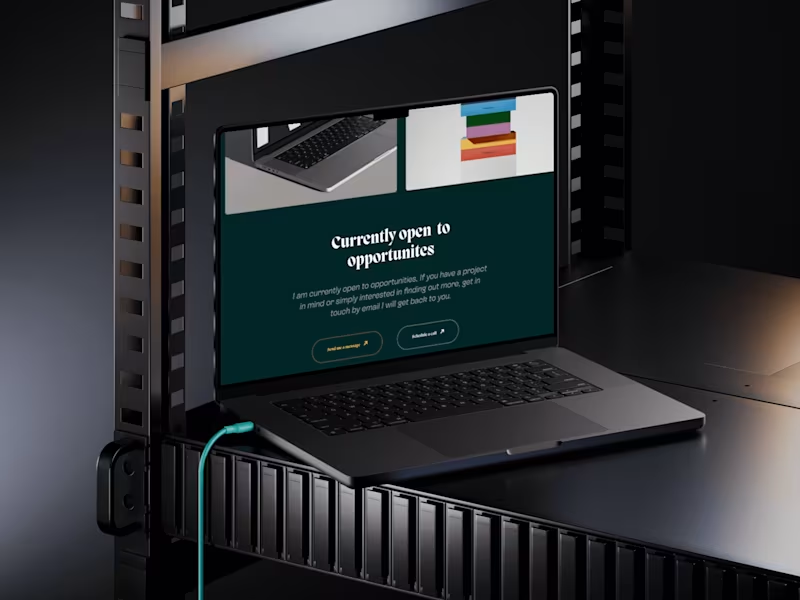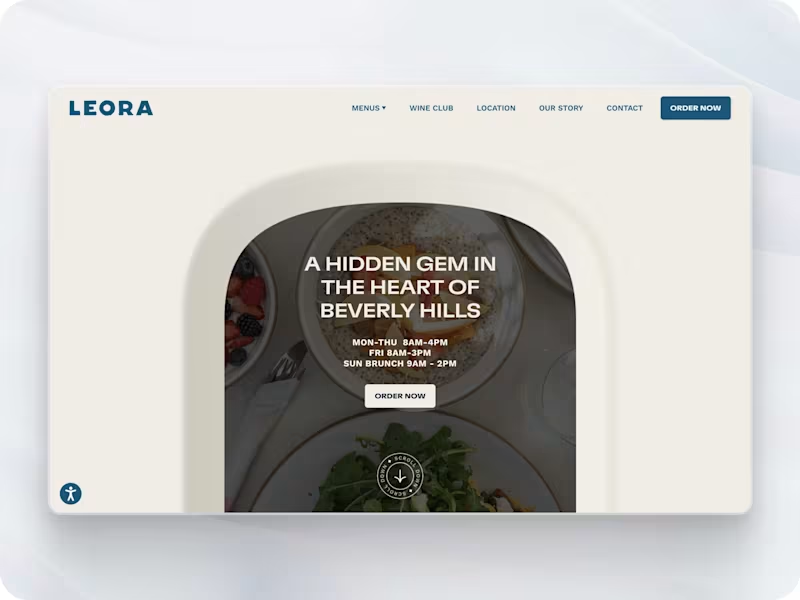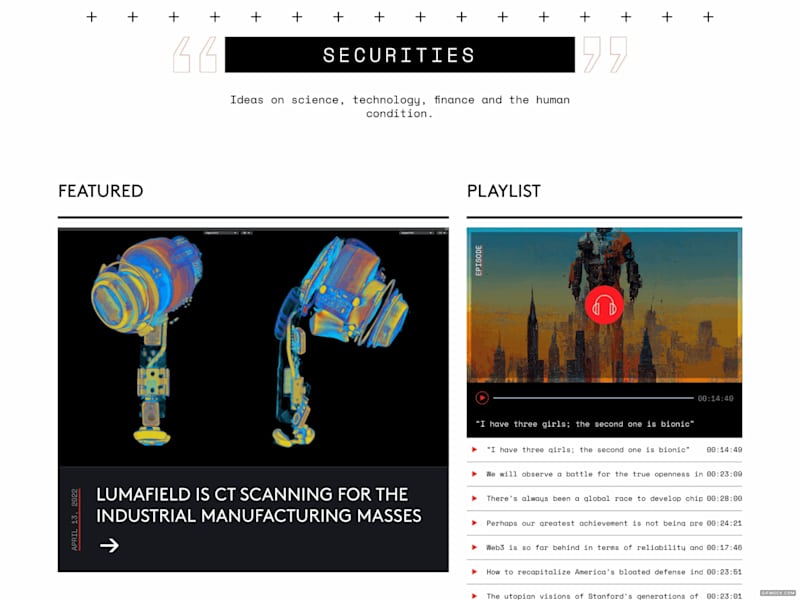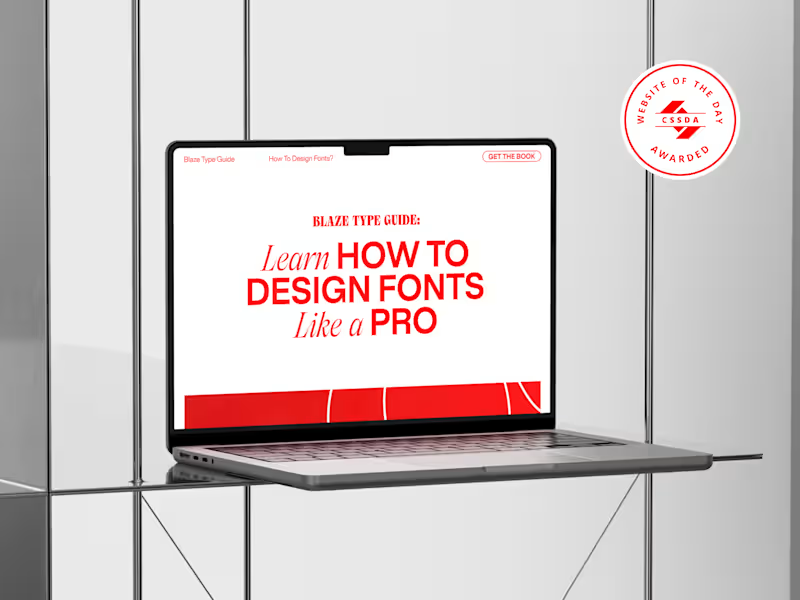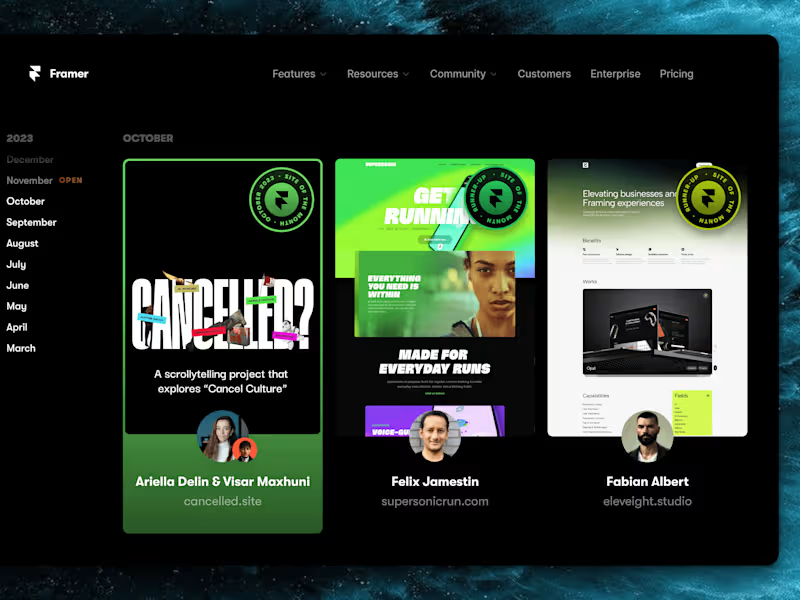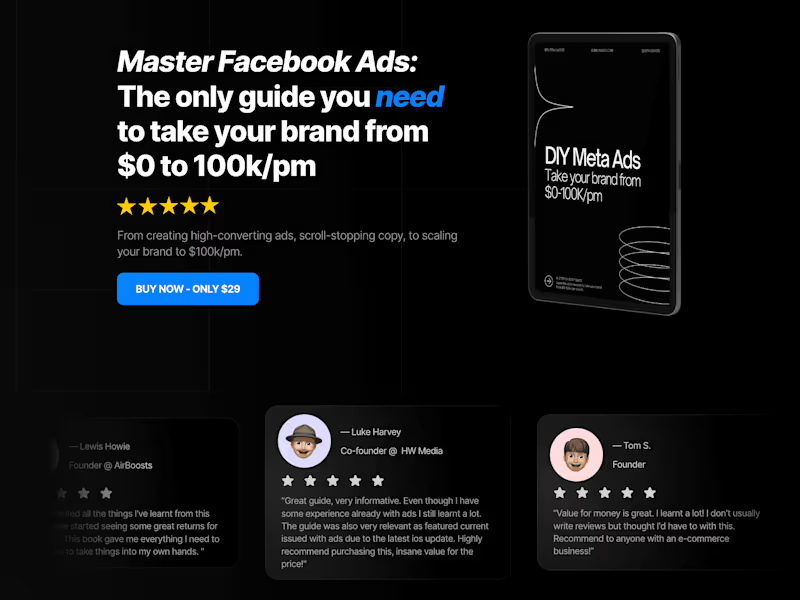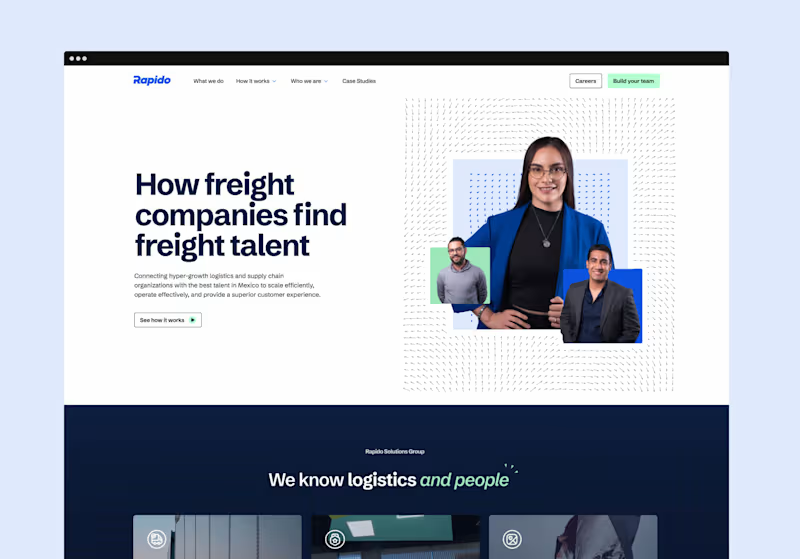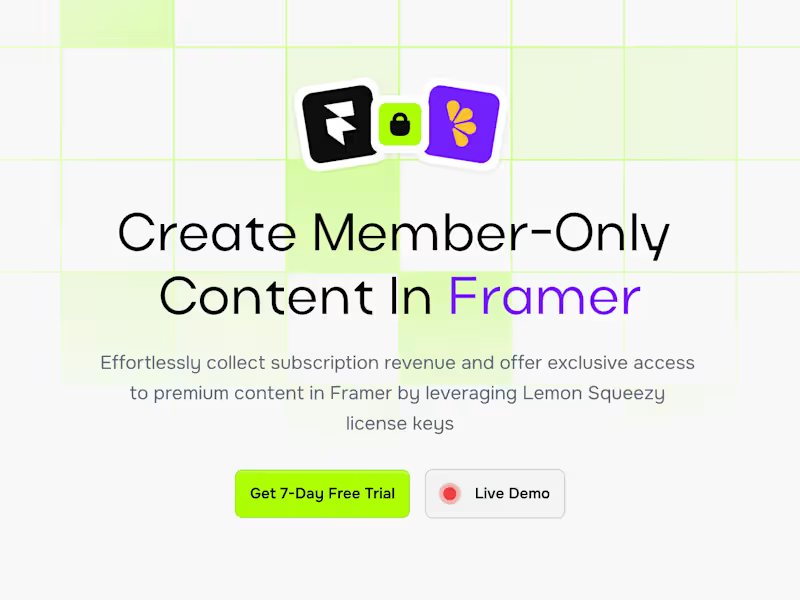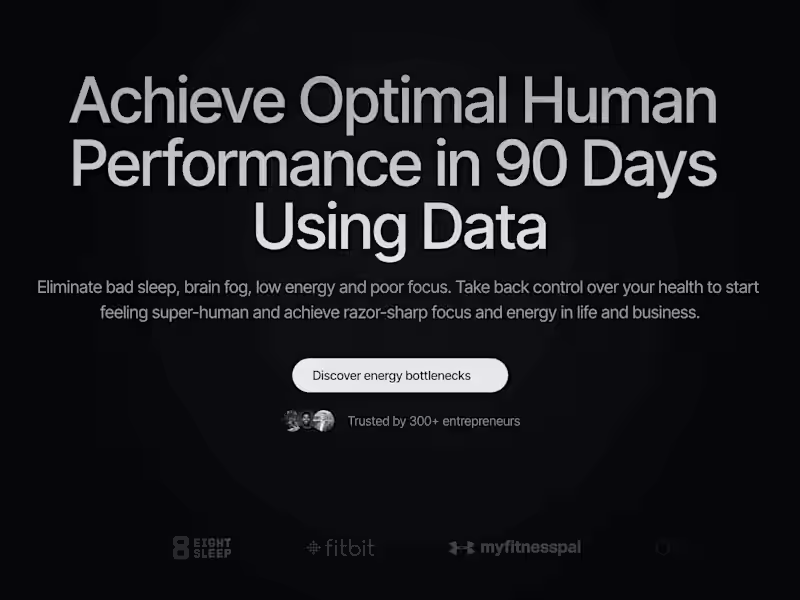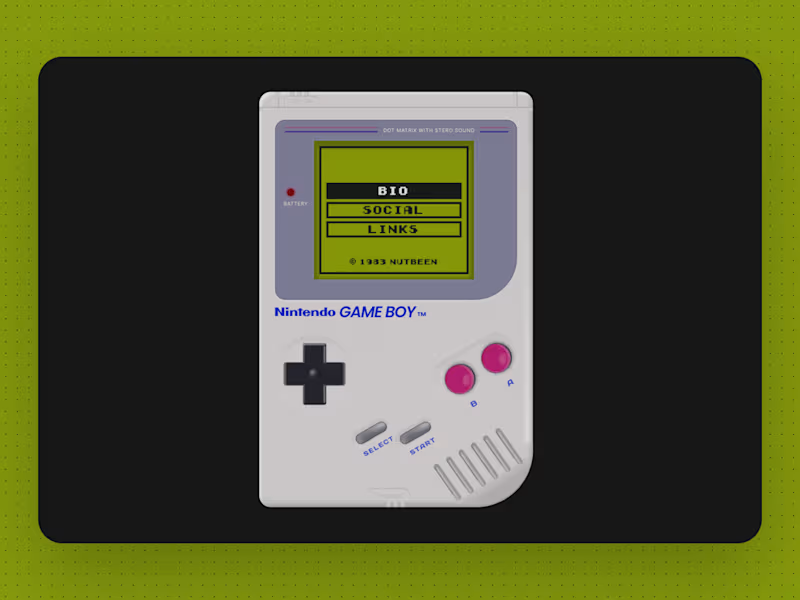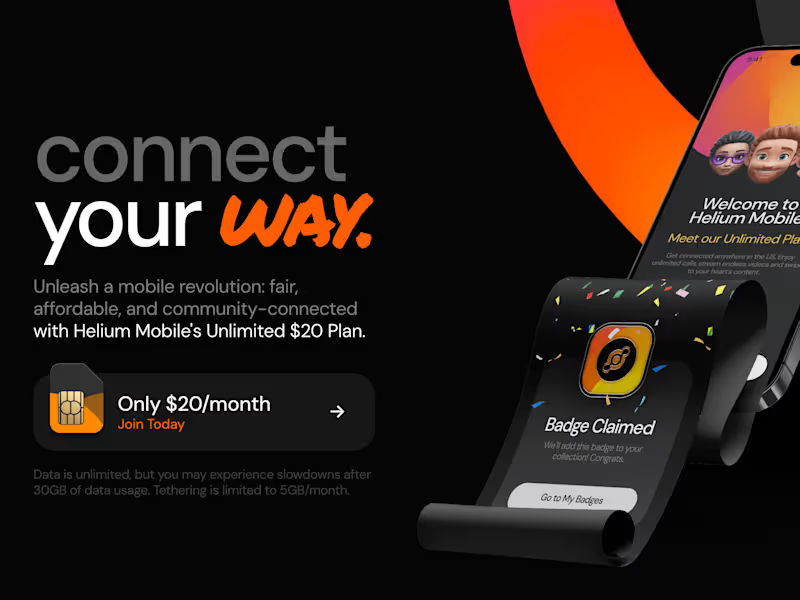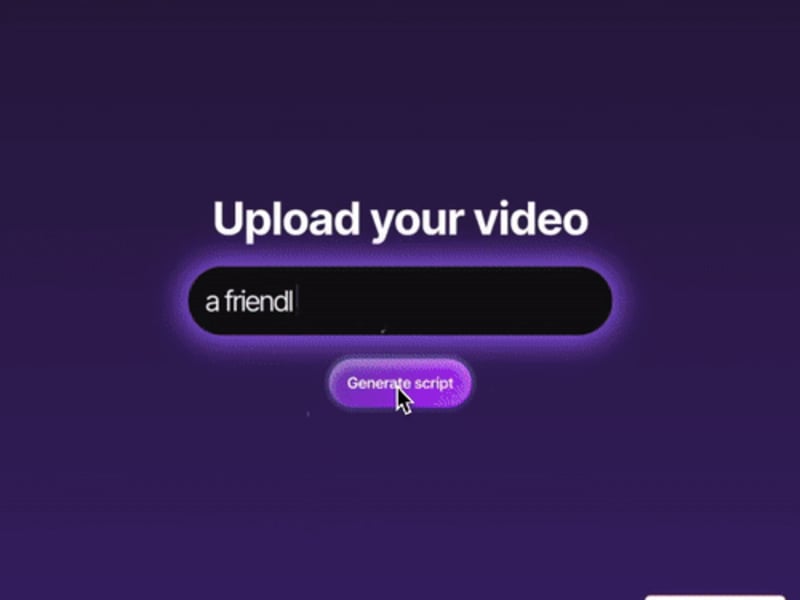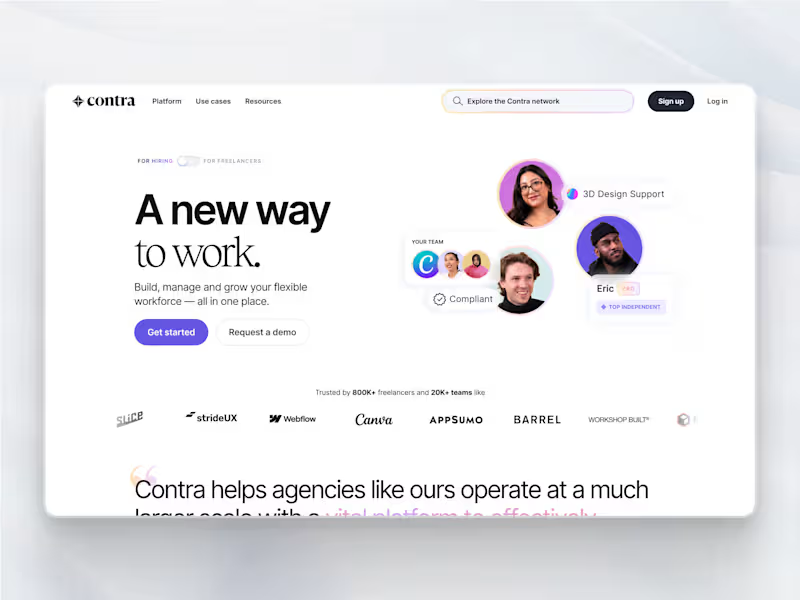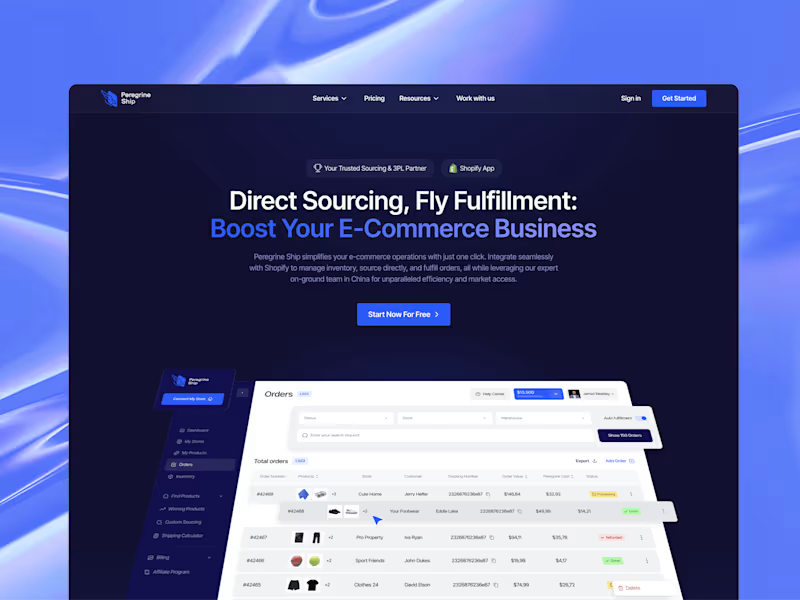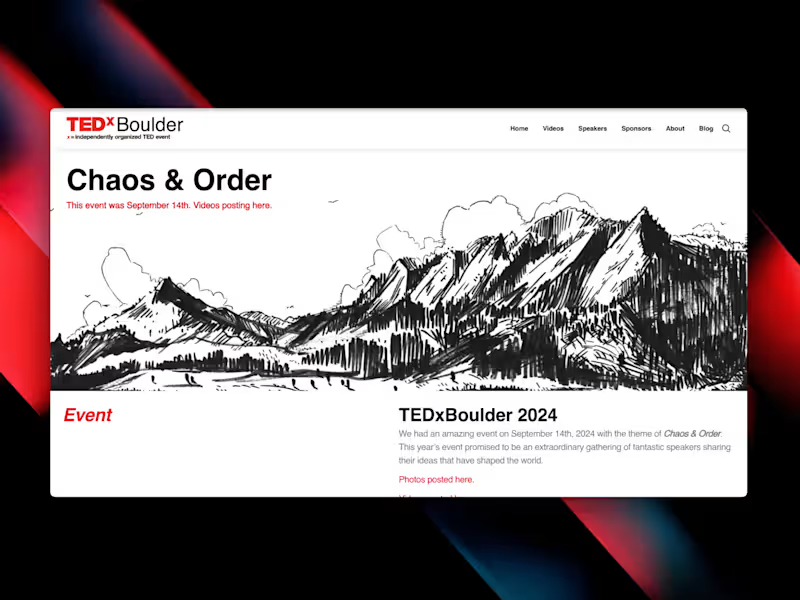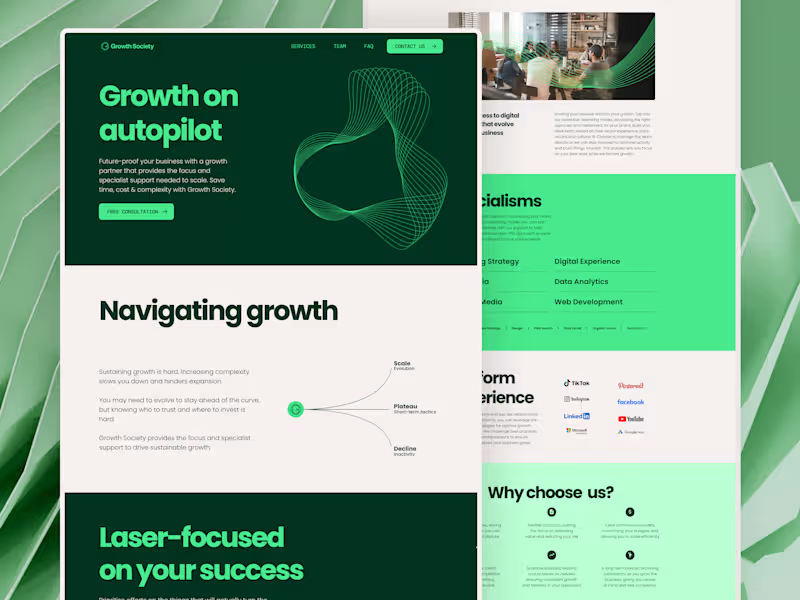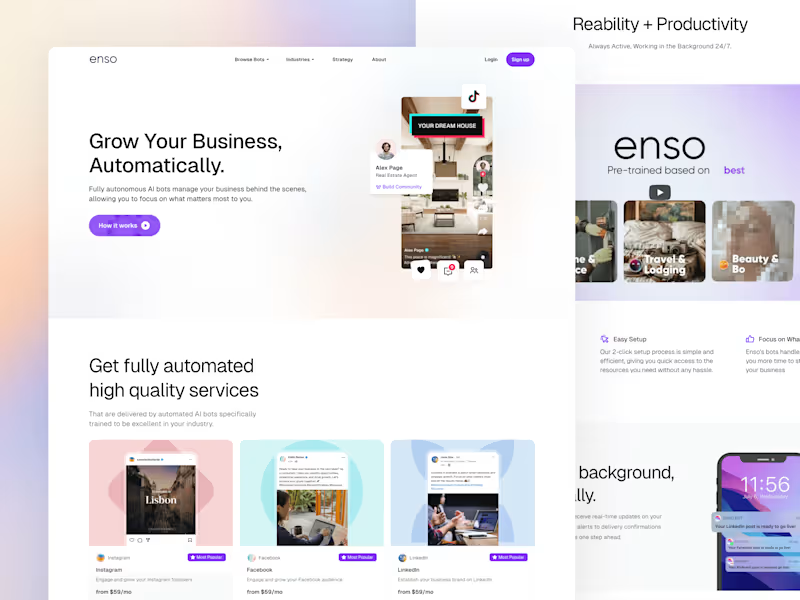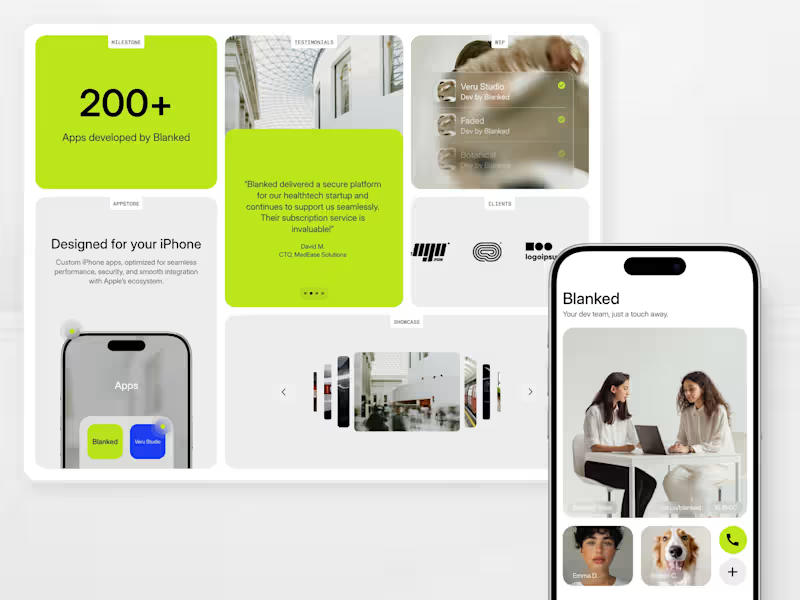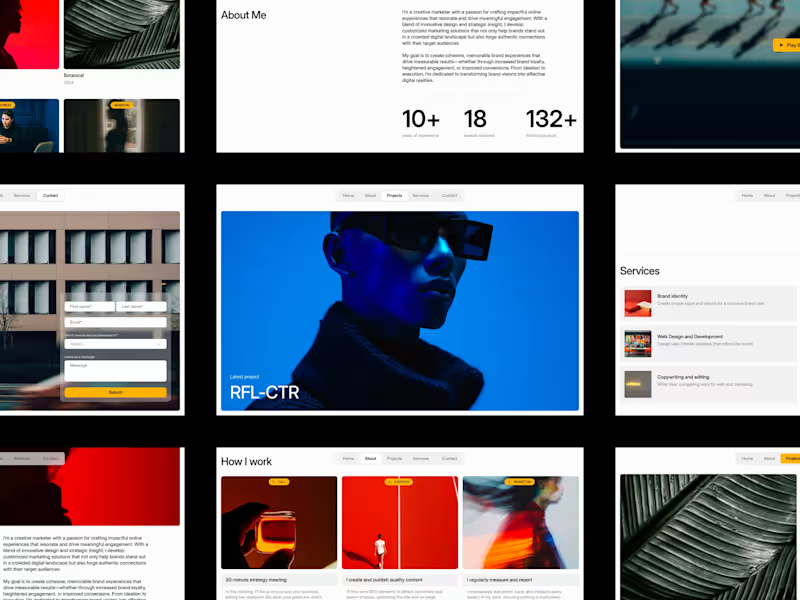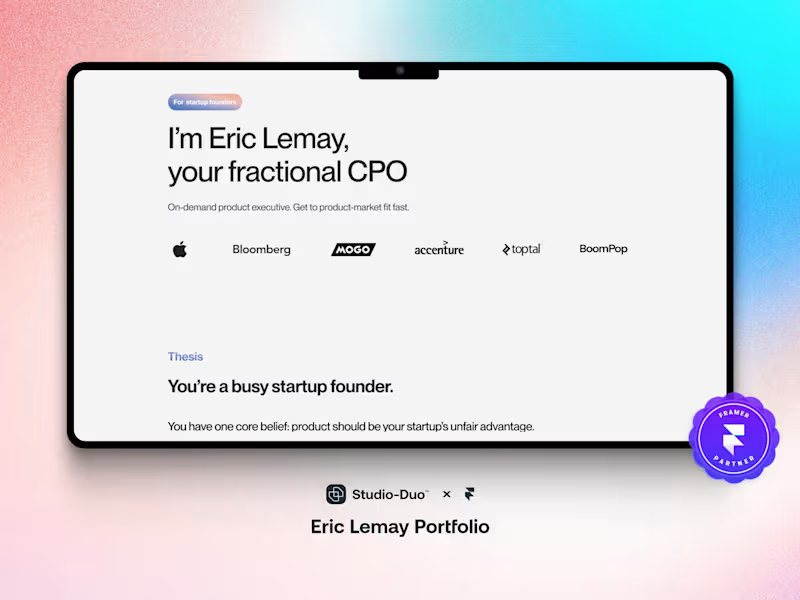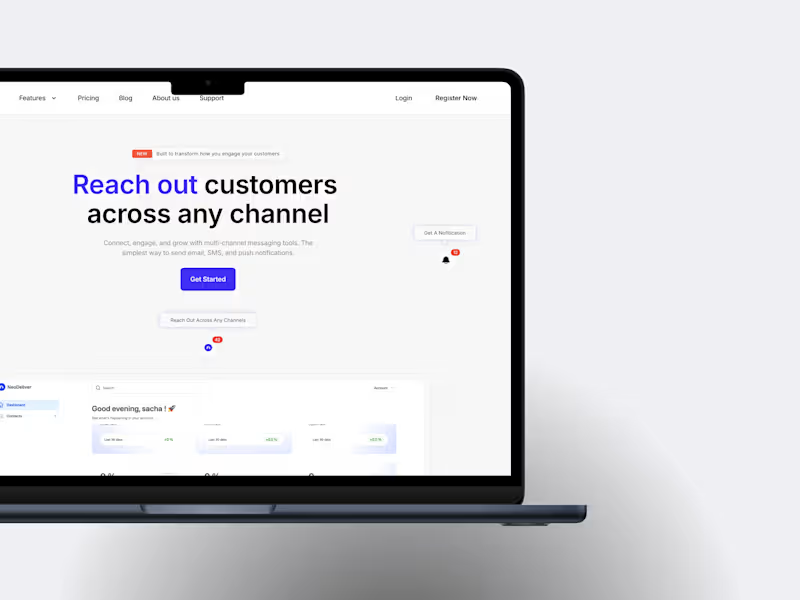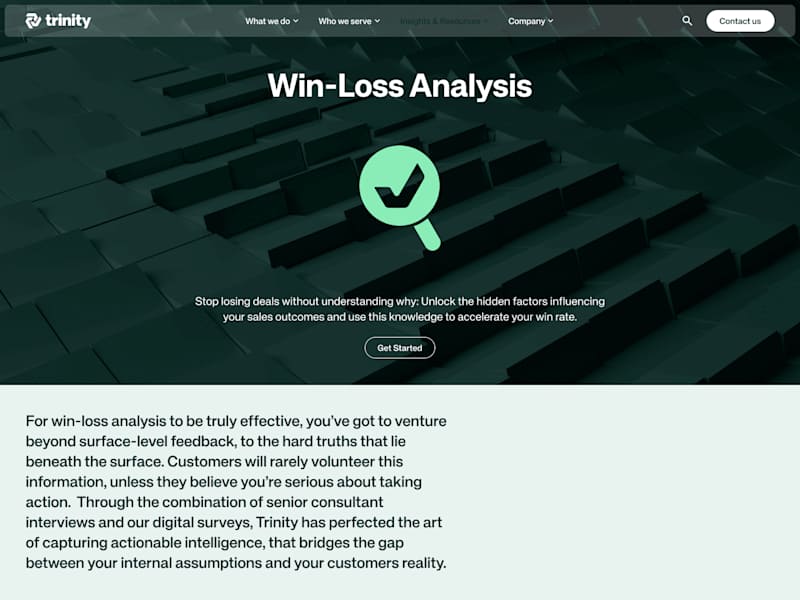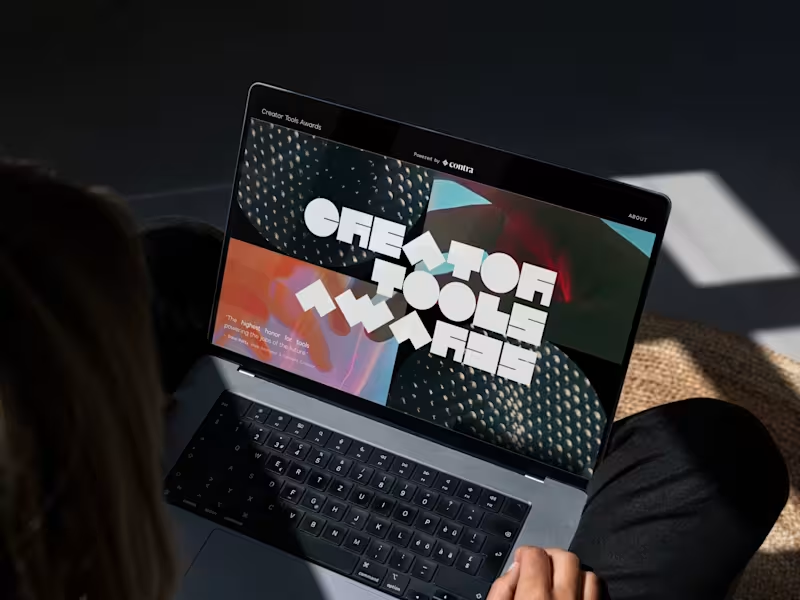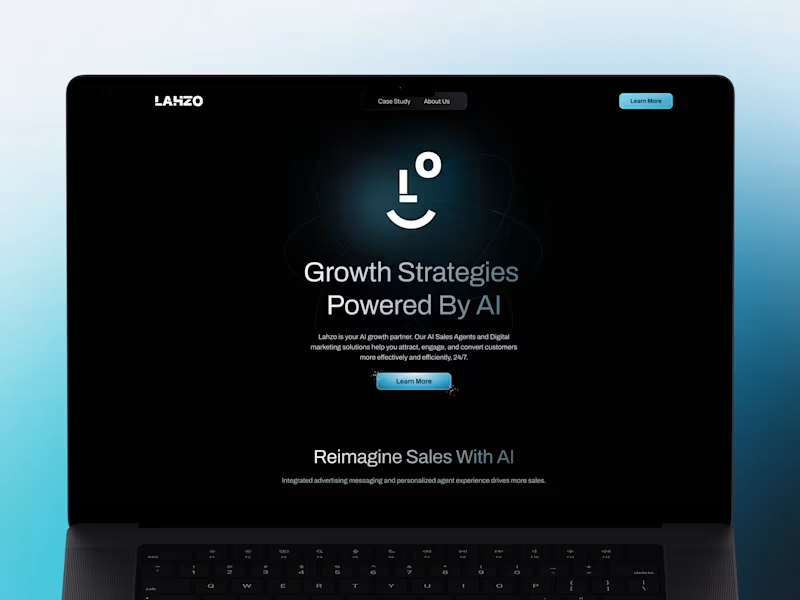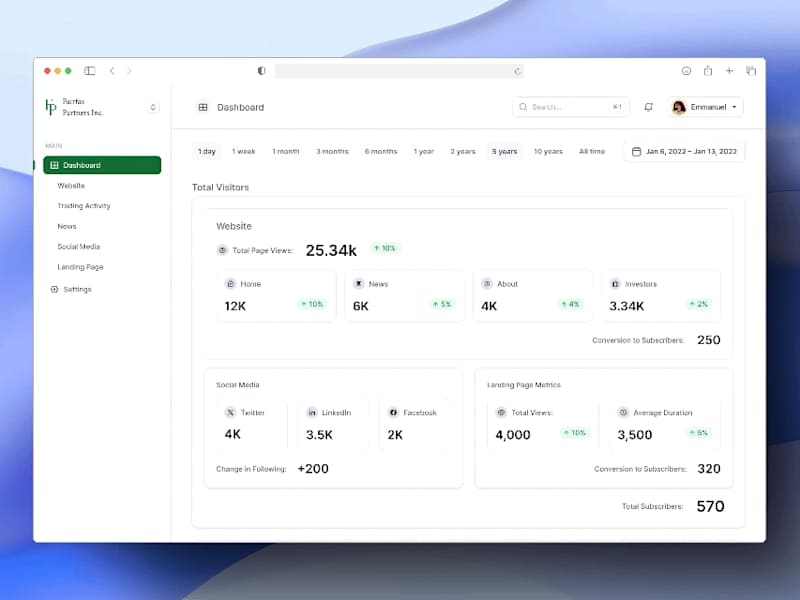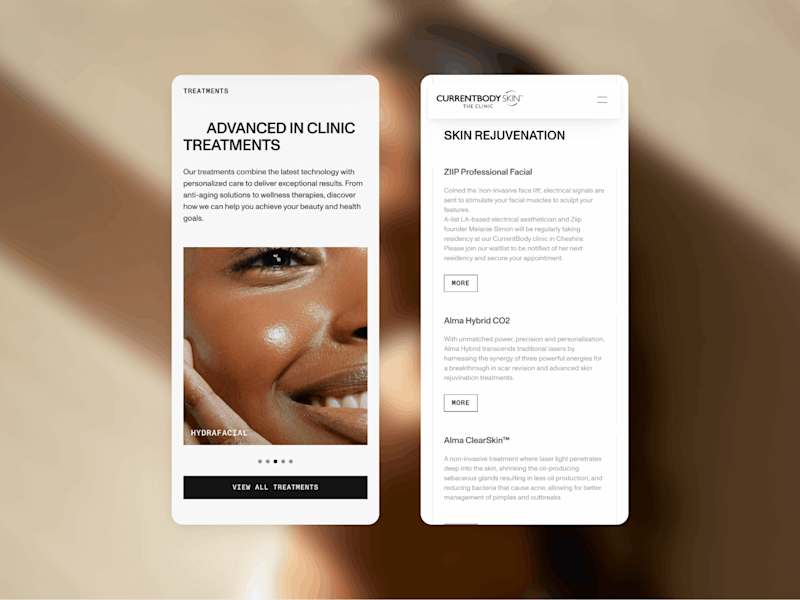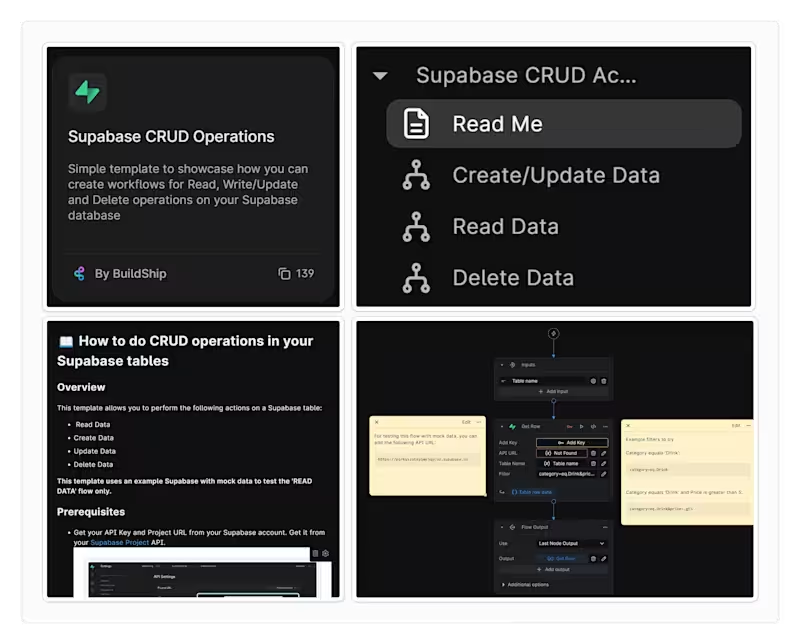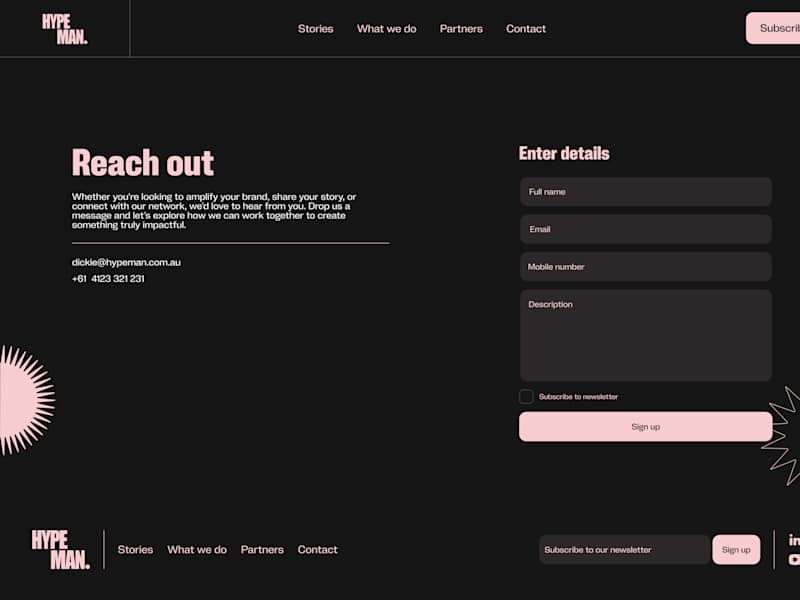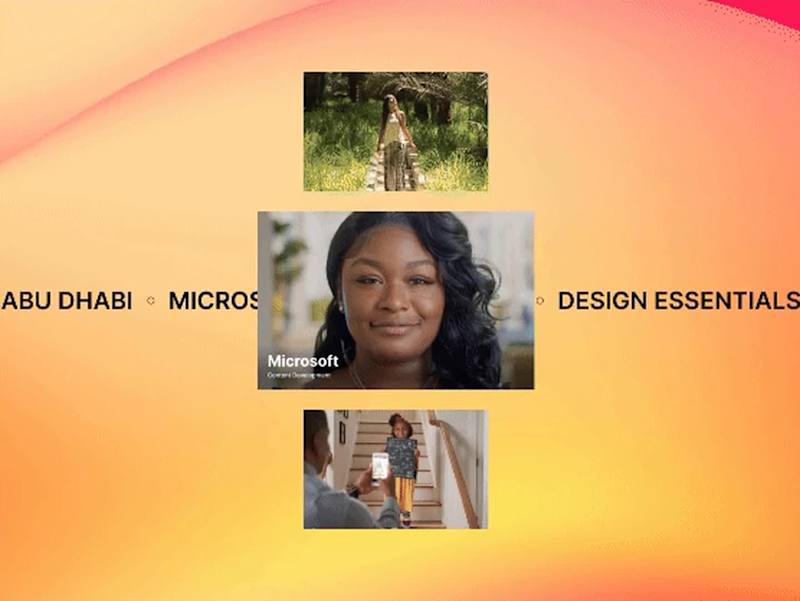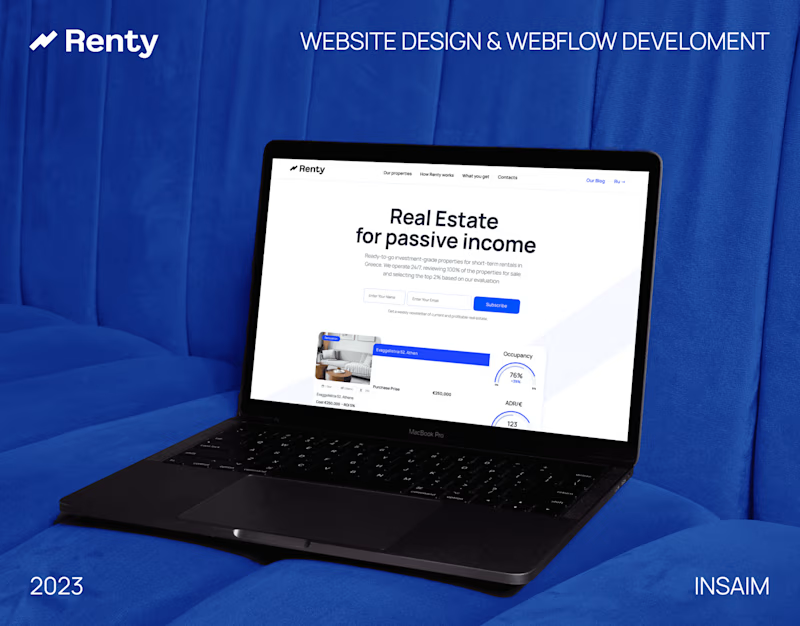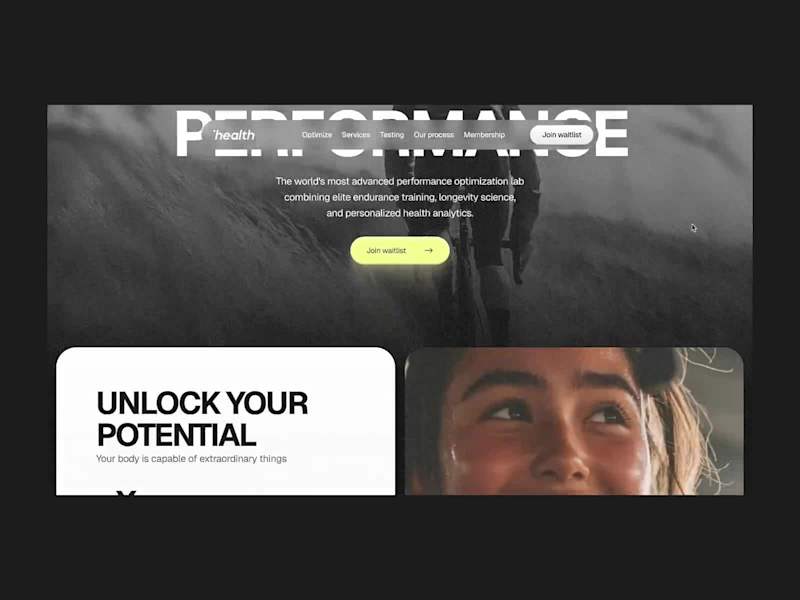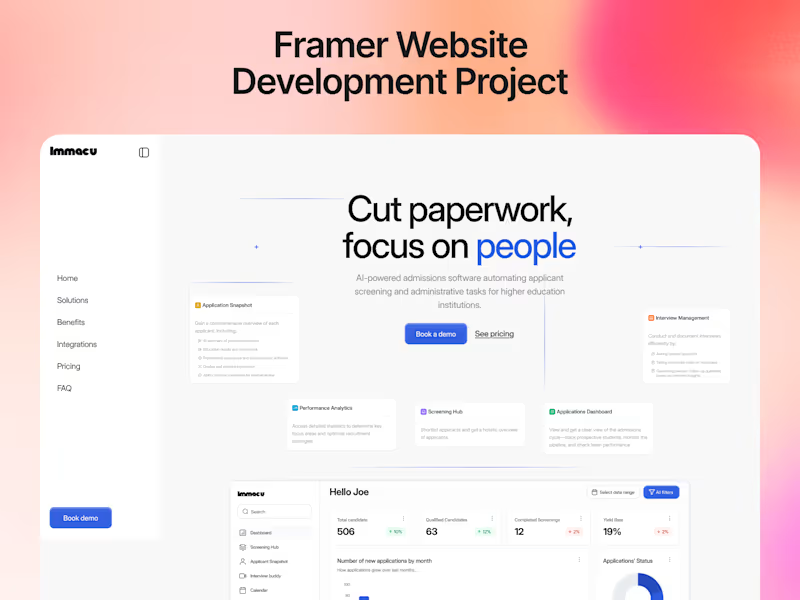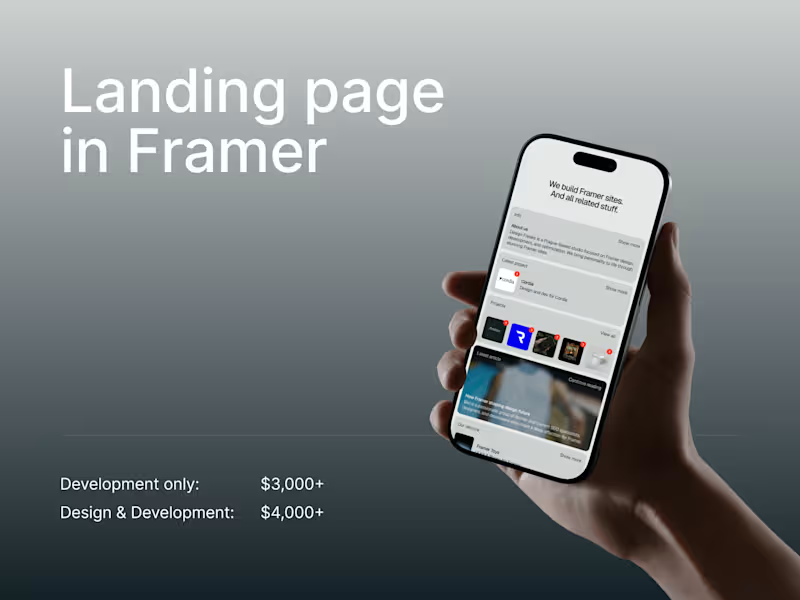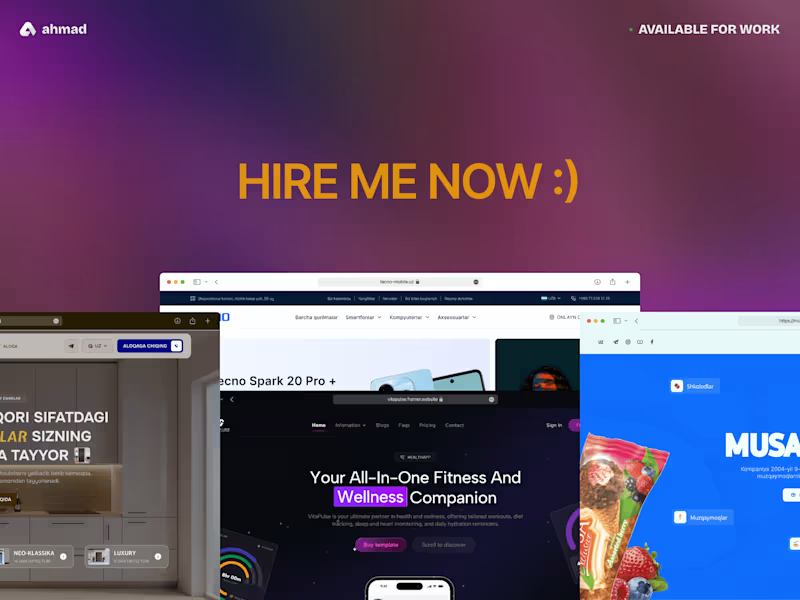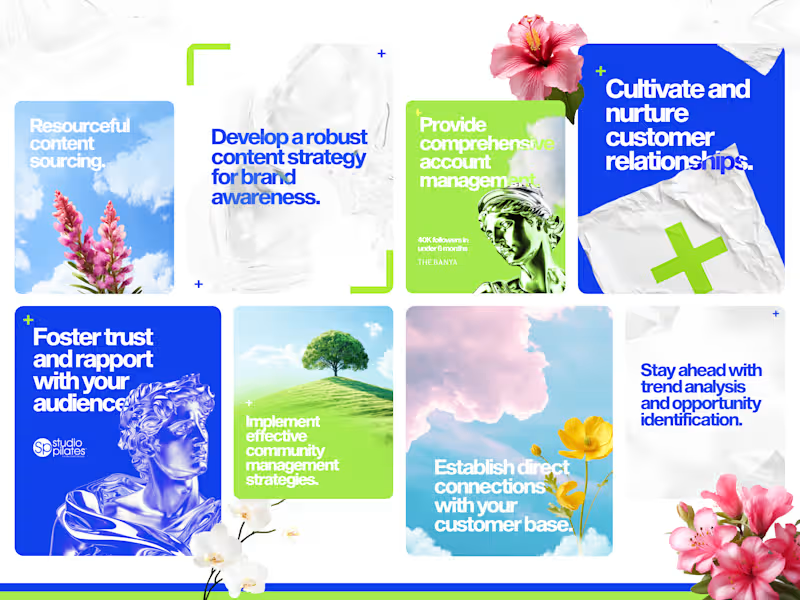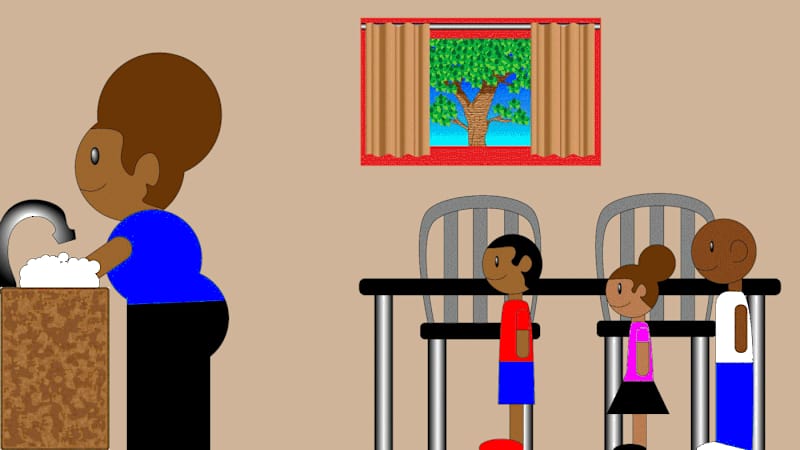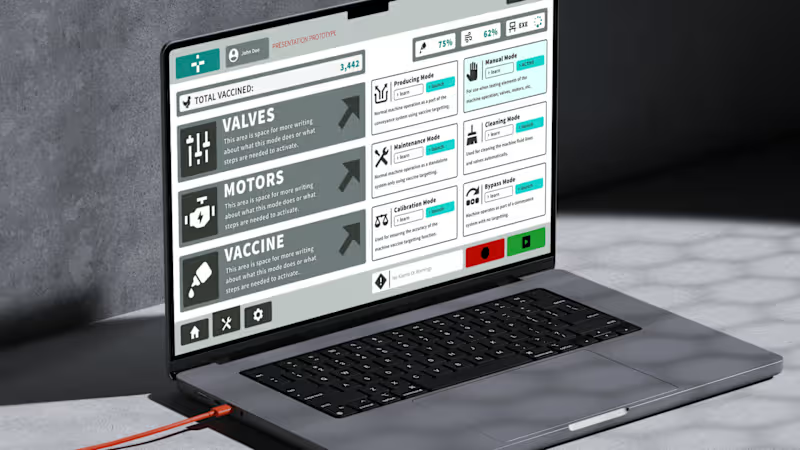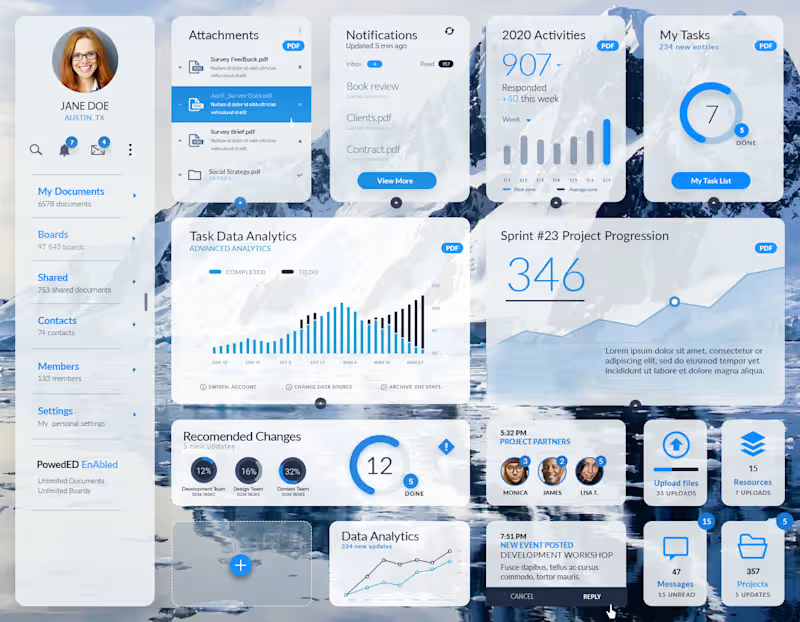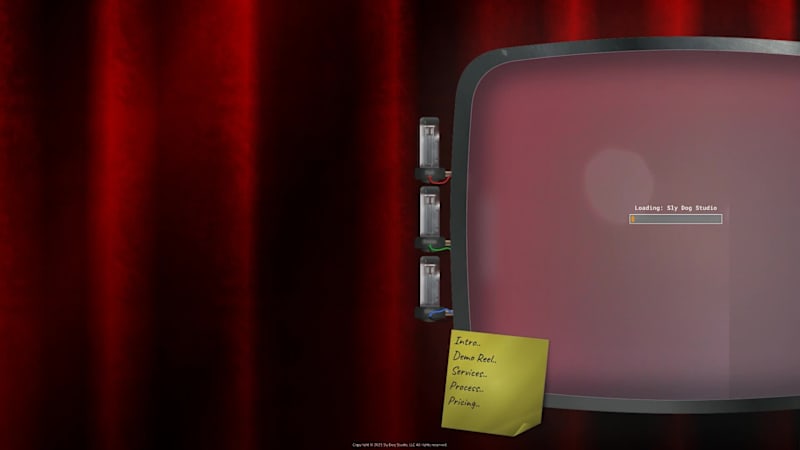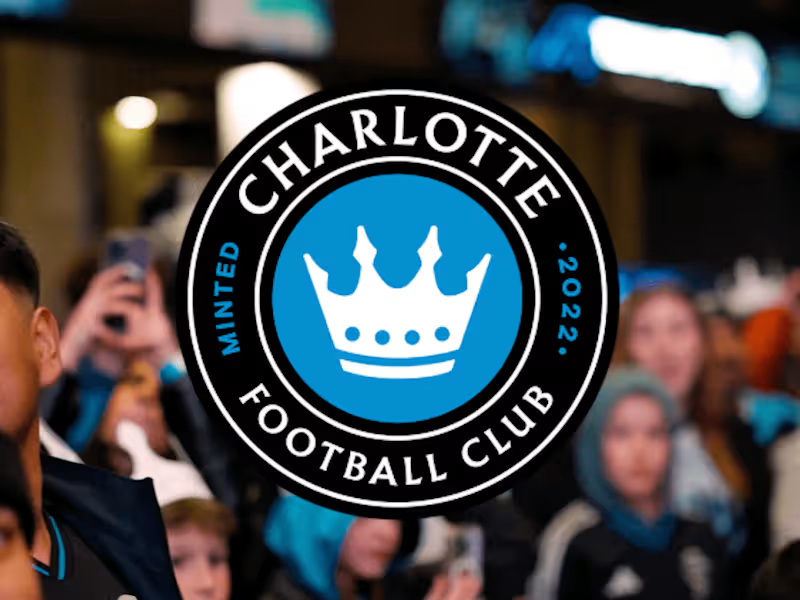How do I define my project goals to hire a low-code/no-code developer?
Start by outlining what you want to achieve with your project. Be clear and specific about the problem you are trying to solve. Make a list of the main features you want in your final product. This will help the developer understand what you need and how they can help.
What should I include in a project brief for a low-code/no-code developer?
A project brief should start with an overview of your project and what you want to achieve. List all the essential features and any optional ones that you would like. Include any deadlines or key dates. This will guide the freelancer and ensure you both have the same understanding of the project.
How can I evaluate a low-code/no-code developer's previous work?
Ask to see examples of their previous projects. Look for projects similar to yours to gauge their experience. Consider the design and functionality of their past work. This helps ensure they have the skills and style you are looking for.
What is the best way to set timelines for a project with a low-code/no-code developer?
Discuss your project timeline with the developer at the start. Break down the project into smaller tasks with individual deadlines. This makes it easier to track progress. Clear timelines help ensure the project stays on schedule.
How do I agree on deliverables with a low-code/no-code developer?
Write down a list of all deliverables you expect from the project. Be specific about what each deliverable should include. Discuss these with the developer to ensure they understand your expectations. This helps in making sure everyone is on the same page.
What's the best way to communicate with a low-code/no-code developer?
Decide on the primary communication tools you will use, like email or messaging apps. Agree on regular updates, like weekly check-ins or progress reports. Clear and open communication helps keep the project running smoothly.
How can I ensure a smooth onboarding process for a low-code/no-code developer?
Have all necessary documents and information ready before the developer starts. Share any relevant company policies, tools, or access they need. This helps the developer get up to speed quickly and start working efficiently.
What should I consider when setting milestones for a low-code/no-code project?
Work with the developer to set achievable milestones for the project. Identify key stages of the project that can be marked as milestones. This creates clear goals and helps track progress along the way.
How do I ensure the quality of work from a low-code/no-code developer?
Discuss quality standards with the developer at the start. Ask for regular demonstrations or updates on progress. Reviewing the work frequently helps maintain high quality and corrects issues early.
What tools should I provide to a low-code/no-code developer to support their work?
Ensure the developer has access to any necessary software or platforms they will need. Share login details securely for any specific tools related to your project. Providing the right tools helps the developer work more effectively.
Who is Contra for?
Contra is designed for both freelancers (referred to as "independents") and clients. Freelancers can showcase their work, connect with clients, and manage projects commission-free. Clients can discover and hire top freelance talent for their projects.
What is the vision of Contra?
Contra aims to revolutionize the world of work by providing an all-in-one platform that empowers freelancers and clients to connect and collaborate seamlessly, eliminating traditional barriers and commission fees.





























